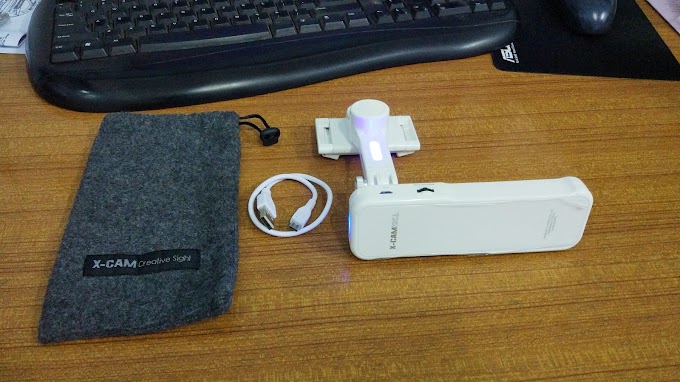Since the popularity of smartphones, internet users are now starting to switch to using their gadgets to explore cyberspace. More practical and can access the internet anytime and anywhere.
User behavior changes = Google also improve. And on March 26, 2017, Google launched mobile-first indexing, arguably this is one of their newest algorithms.
First question: what is mobile first indexing?
Based on Google's official website, they mentioned that before this latest algorithm was launched, Google crawled, indexed and ranked based on the desktop version, which often causes differences in ranking in cellular search results. With the mobile first indexing algorithm, Google will prioritize mobile search results as a reference for desktop searchers.
Second question: what should we do to adjust to this algorithm?
1. Creating a mobile friendly website
There are several ways that can be used to create a mobile friendly website. The simple way is to use a responsive theme, while other methods can use 2 different pages between the desktop version and the mobile version (m.domain.com and www.domain.com).
2. Fix load speed (mobile version)
Mobile version load speed can be a decisive parameter to adjust to this latest update.
some things that must be addressed for mobile first indexing in terms of load speed are in the "Prioritize visible content" section (can be checked on Google pageseed insight). This is because Google's content that isn't crawled properly will be a little difficult to compete on the first page.
3. Focus on UI and UX
If you don't pay attention properly it can also be one that can make the bounce rate swell which eventually slowly ranks the blogs that we manage to decline. The problems of UI and UX are closely related to SEO Growth techniques.
4. Fix the mobile version of CTR
One way to increase the mobile version of CTR is to make an interesting title, this is usually done by making a long title. Unfortunately, the title length is also limited by Google up to 70 characters. But there is one thing that is not widely known by SEO players, namely the title length for the mobile version can reach 78 characters.
The good news is, we can focus more on making titles up to 78 characters because Google is currently more focused on mobile and users also use mobile more often.
Third question: Do you need to use AMP?
AMP has the potential to increase the bounce rate (if we don't know how to use it properly). AMP can limit the functions of our website (for example jquery). AMP can hurt your link building efforts, this is because when people visit our website through AMP, these visitors are not really directed to our website, but are directed to Google's AMP website. For AMP users, try to check the url on the tab when accessing the blog via AMP, where the url will appear starting with https://www.google.com/amp/s/.
AMP is not yet a mandatory item. Moreover, Google also said that Google prefers the mobile version of the non-AMP URL for indexing.













